Meet Justin Edward Baker | Musician, Educator & Digital Storyteller
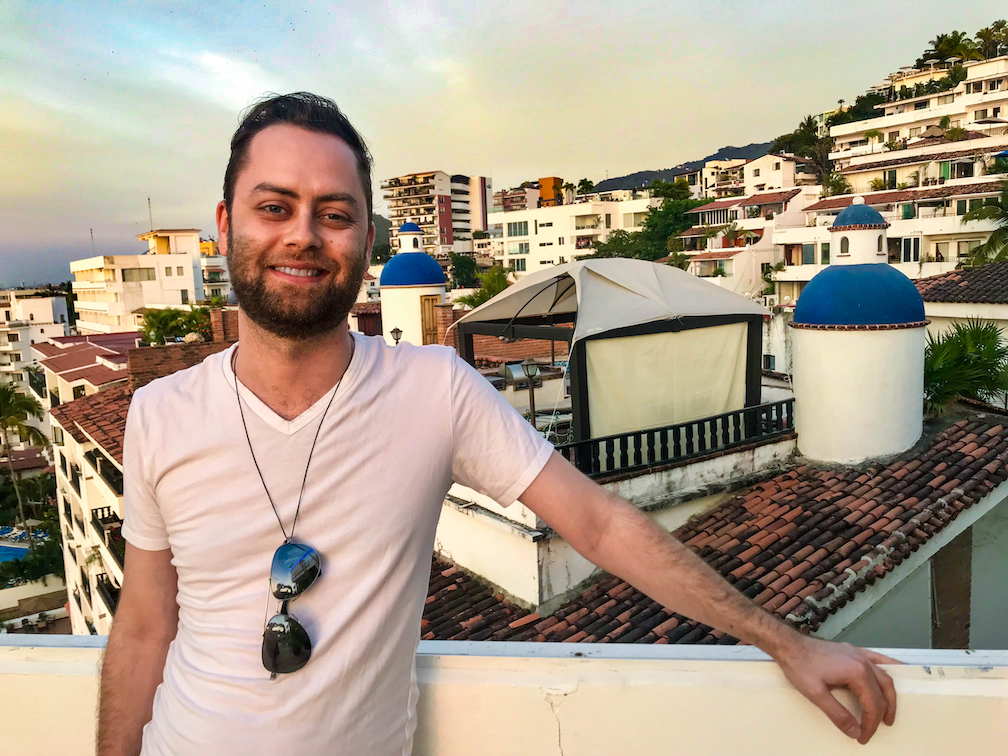
We had the good fortune of connecting with Justin Edward Baker and we’ve shared our conversation below.
Hi Justin, what role has risk played in your life or career?
Every good thing that comes out of life involves some sort of risk. That relationship that you let go of to find something better, the comfortable job you left to pursue your passion, and what may be especially true now, making bold stances on things that matter most in our society for a better future.
I remember being in grade school and seeing that poster hanging above the chalkboard in front of the classroom most of us have all probably seen: “Stand for what is right, even if it means standing alone.” Those are pretty powerful words, even for a young kid in elementary school. We all want to be liked, have a circle of friends, and belong to the pack. Going out on our own for something we know is better for fear of losing all we have does not come easy.
Standing alone can be scary.
At the heart of the artist, however, is a need to muse. A need to document and keep track of our progress, or often demise, of our humanity. Throughout history it has always been the role of artists to tell the human story using the best tools at our disposal. Ancient cave paintings became symbols, which became letters, which became words, and then a language, giving us the ability to tell important stories.
For about ten years of my adult life, I was a public school arts teacher. My education background was heavily in Music Education, though it later expanded to include postgraduate research in Visual Literacy and its connection to how we consume content and learn from society, specifically in filmmaking and digital creation. What continually surprised and delighted me was what I kept learning from the students I was teaching.
My first teaching job landed me in an inner-city Title I school, meaning the students that attended were from lower-income families and the school received federal funding to help “bridge the gap” with additional resources for their hopeful success. In some ways this was beneficial, as it gave a normally low-budgeted school the chance to fund new programs and purchase needed materials and equipment.
It also meant that I would be a white male in front of a classroom of a mostly all-black group of students. I knew the risks, and I knew the challenges would exceed the realm of just teaching. It meant I would have to learn a lot about these kids who had far different childhood experiences than I did. For most of these teenagers, their world view extended only to the length of their neighborhood street and what they would find in my school.
I remember something one of the assistant principals told me before my first day of teaching. She was a woman that had clearly dealt with a few things in her career and life. During our interview, the reality was palpable. Her being a black woman in the south, for an all-black school, hiring me, a 20-something white man in his first teaching role, to start a non-existent music program. The risk did not escape either of us. I still don’t really know why she hired me. On paper I had every reason for her not to — or the lack of. But she did. She took a chance on me and said, “for many of these kids you will be one of the only successful male figures they will encounter. Remember that.”
I felt the weight and responsibility of what I was about to take on. Even though I was “just teaching music,” I was also faced with creating an entire program that had not existed for years, a class that had not been an option before on student schedules. I would teach Chorus I, a Music Appreciation class, and Band. None of which I had ever taught before.
And I was white.
I made sure that from day one I would always wear a tie. If at least as a first impression, I could set an example and also a separation from kid and adult — teacher and student.
One day, after about a week of teaching, and a daily test to challenge my authority, one student (who we will call Tyrell) after telling him to sit and stop talking, got up in my face telling me that “no one tells him what to do, and he would see me on the street.” Before walking out the door, he added, “and I like that tie. I’m going to take it off of your neck.”
Obviously startled, but not overly threatened, I continued the class.
The next day, I asked Tyrell to stay after class. It was clear he was used to this request, probably from other teachers. We stepped into my office as he grumbled,
“I didn’t do anything.”
“Oh, I don’t think you did anything. I just wanted to give you something.”
He looked puzzled. I grabbed a little box off of my desk and handed it to him.
“What’s this?”he asked.
“It’s for you. Open it,” I said.
As he opened it, he looked even more confused.
I spoke up, “well, Tyrell, you said yesterday that you liked my tie. I figured I have plenty at home, so what’s one less. You can have it.”
He pulled out the tie I had worn the day before, neatly folded and wrapped in tissue paper.
“For real?”
“Of course! I look forward to seeing it on you.”
He left my office with a bewildered look — and a hint of a smile.
Tyrell came in the next day, wearing a button up shirt and his new tie, nicely accenting his new smile, his new attitude, and the confidence he got from all the new and strange looks by his school mates. He wore that tie all the time, and eventually became my teaching assistant, organizing learning groups for the other students.
I took a risk that day, wondering if the two of us could get past roles, past races, and see a future together in learning from one another.
I later moved on to teaching at other schools with varying populations, introducing new programs, and furthering my own journey and research into how we all learn and take in the human experience from the world.
After a long run, though loving the profession, I left teaching to find out more about myself and what I had to offer, and what the world had to offer me.
Eventually I found myself in Los Angeles, working on television and film sets, starting over with a new set of eyes and wondering where this artists’ heart would take me next. After a few difficult but fun years, I finally got the courage to start my own business, continuing the effort to explore how humans see the world and how we may express it, even if we’re standing alone.
So what do we do when we’re faced with a scenario to take on the world? As creatives and artists, the rumination that comes with our own way of looking at everything around us tends to be a deeply internal process. A slow and methodical, often confusing undertaking that eventually, hopefully, leads to an expression: a painting, a song, a film, a book, — or an instagram post or a tweet. It can be a conversation, or even a gift to a stranger.
This expression, though can be a risky one.
So these are the questions this teacher turned explorer has for you:
“What story do you have to tell?”
“Does the world need it?”
“How will you express it?”
If it sounds scary, you probably need to tell it.
So you may be wondering what happened to Tyrell. It turns out as I was sitting in the airport years later for a business trip, I heard this voice screaming out, “Mr. Baker! Mr. Baker!” As I turned, I saw this man jump out from behind a restaurant kitchen frantically undoing his apron and running toward me. He almost knocked me over with a hug wrapping his arms around me. It was Tyrell, and he couldn’t wait to tell me how he had gotten off the streets, got a job as a chef, and made the choice to live his life into happiness.
Risk to seek truth. Risk to tell your story. Risk to connect with the world you may not understand.
It will be worth it.
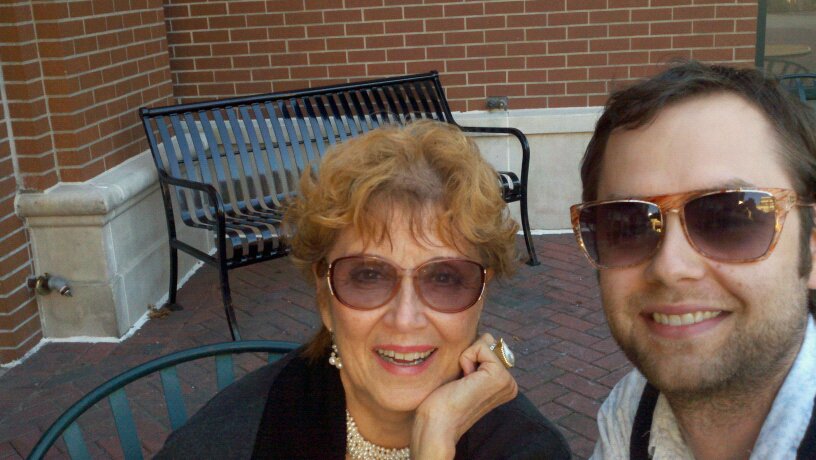
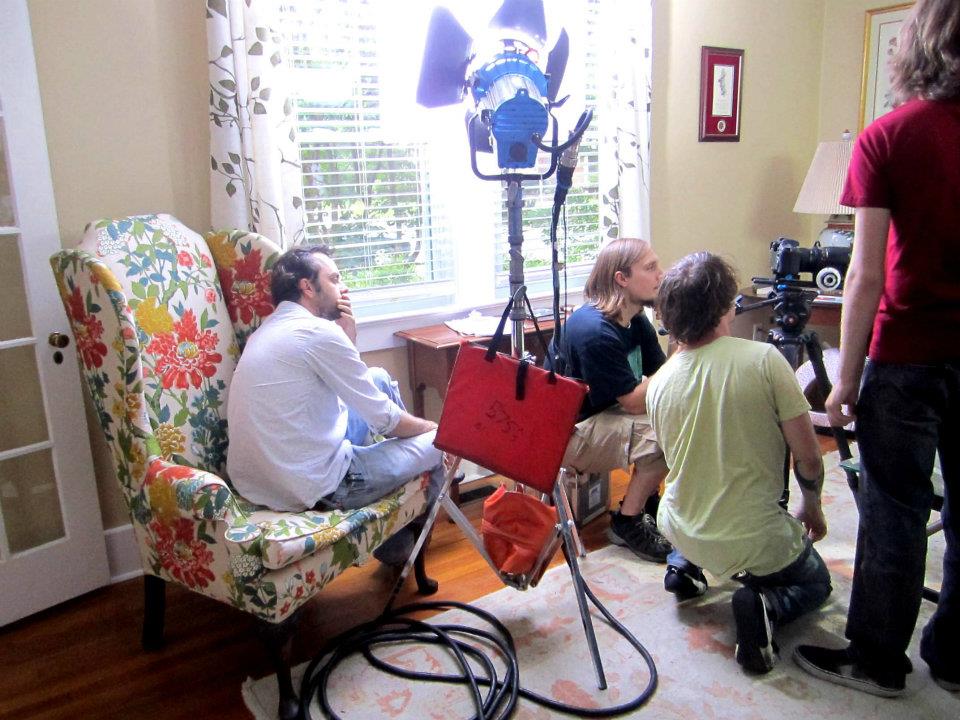
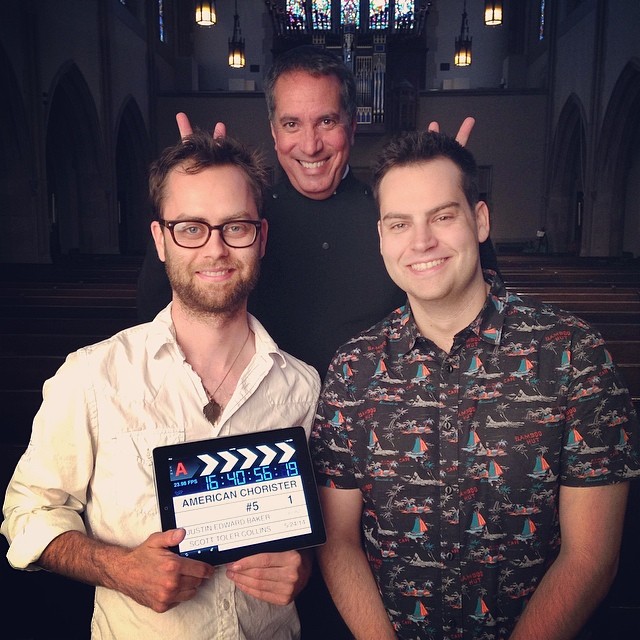
Alright, so for those in our community who might not be familiar with your business, can you tell us more?
Social Media has become the way we listen to the world, tell good stories, share unique ideas, collaborate with one another, and create meaningful community. I saw the need to curate learning opportunities and create good quality outcomes with those that have a platform and a message to tell.
But navigating the enormous sea of media, content, and dialogue has made it increasingly difficult to stay visible.
So, in 2015, with myself and a team of friends along the way, we created Fuzz Social, a collective of artists, storytellers, marketers, and creatives. We have helped find the voice of social for many people, public figures, celebrities, organizations, movements, and brands.
Our approach helps focus social stories using 21st-century tools, practices, and storytelling methods across many platforms to navigate an ever-changing and provocative look at the world around us, and how we’re shaping it with the stories we share.



Any great local spots you’d like to shoutout?
Los Angeles is one of those places you can take a lifetime experiencing. For an outsider it can be a little confusing on just what makes LA what it is. What I tend to actually like about it is that it’s not just one thing. We are a collective of neighborhoods, quadrants, people groups, and cultures.
If you have the day free, you need to certainly spend a good chunk of it at The Getty. Roam the grounds, take some photos and take in the smell and beauty of the gardens. You’ll spend the next couple of hours exploring the indoor exhibits with some truly stunning installations.
Downtown LA is actually one of my favorite places to explore. Over the last few years it has been offering more and more for backpackers and pedestrian city dwellers like me. Take the train into Metro Center and get out at 7th Street. You’ll immediately see the BLOC, a place to shop, find some food and even a great happy hour at one of my favorite DTLA bars, District Bar. After walking up to street level, we’ll take a stroll through the financial district buildings, hotels and eventually end up on Broadway and Hill, grabbing a bite and maybe a beer at the Grand Central Market, with dozens of vendors to choose from.
We’ll walk through and hop on the Angel’s Flight, the shortest train ride in the country, up to Grand Ave. This is where you’ll want to take your camera out and do a fun Instagram photo shoot. With the architectural marvel of the Broad Museum and the Walt Disney Concert Hall, it’s sure to make friends back home jealous.
While we’re here, we should definitely see what the LA Phil is playing at the concert hall and try to get student rush tickets. We have time to see Dudamel wave his baton before we head over to Echo Park.
One of the first things I ever did when I moved here almost ten years ago was go straight to a taco truck. “Tacos Arizas” sets up shop in Echo Park, and has been here as long as I can remember. There’s nothing like having a few street tacos and a Mexican coke for a few bucks just off the sidewalk after a night on the town.
While we’re in Echo Park, the first place I lived in LA, it’s a must to take a stroll around the lake, have a coffee or a snack at the Beacon and then have a picnic on the grass with some friends.
As the night falls, you definitely want to stop for drinks and dinner at the historic Taix French Restaurant, in business since 1927. Don’t sit down in the dining room though. You’ll want to hang out in the Taix 321 Lounge where everyone meets everyone. It’s the life of the place. Hurry though, we’re not sure how much longer it will be there.
After dinner, let’s go for a bar crawl, first for a cheap and quick one at The Gold Room, a hole in the wall neighborhood favorite where you can get a shot of tequila and a beer for a good price. We’ll stay for one jukebox song.
Next, we’ll walk down to Little Pine, order a beer and see who’s playing some live music. We might run into some friends there too. Who knows?
It’s time for a little dancing. The Short Stop is where it’s at, and depending on the night you go, you could be whisked away in a dream pop playlist with vintage disco lighting, surrounded by hipsters, or play a round of pool before getting down with some sexy Latino tunes. Either way, you’re probably pretty tipsy by now. You may meet the love of your life. It’s last call.
Alright, we have to hurry. The band is probably playing their last set at The Echo and if our friend is there we might can get in without paying. We need this last few minutes to end the night basking in the haze of sound and light.
Tomorrow, after our hangover, we’ll head to Santa Monica.


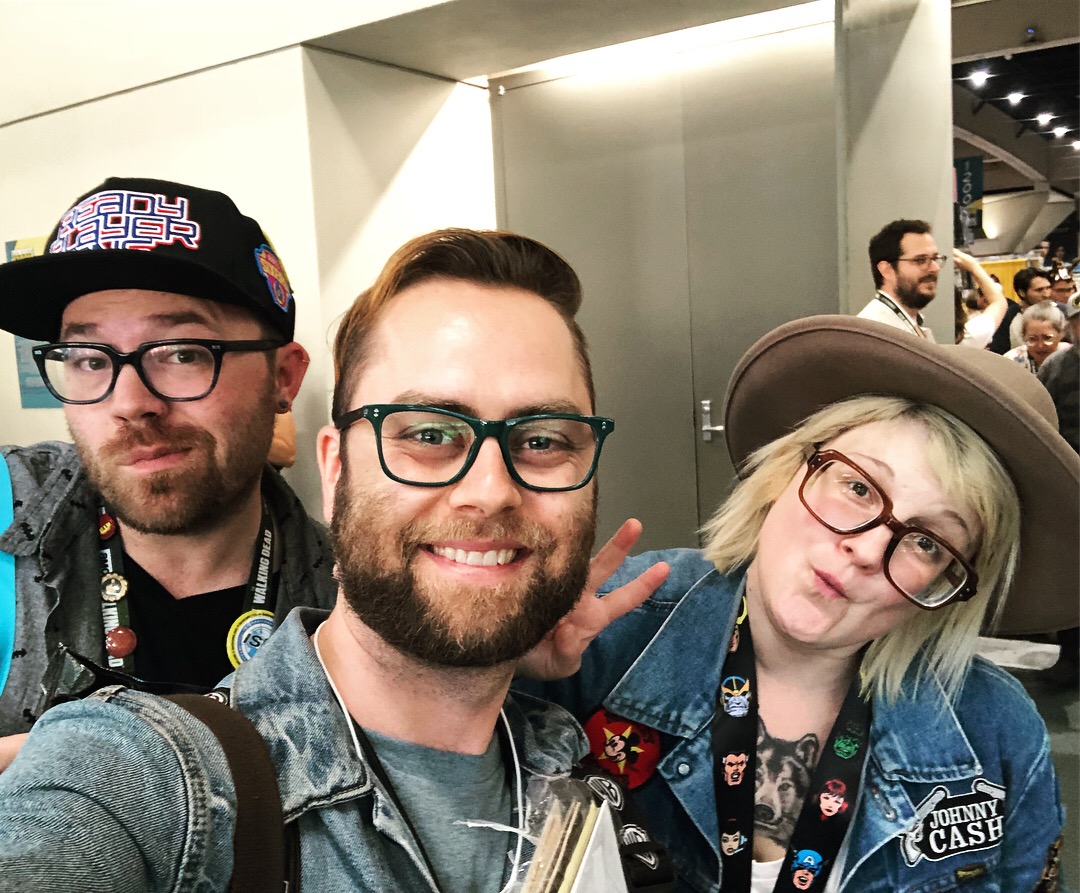
Who else deserves some credit and recognition?
A good exercise I encourage people to do when they’re unsure of where they are in life is to “connect the dots.” Trace back all the events that occurred to get you where you are today. What people were instrumental in furthering you on your path? What institutions played a role in your growth? You will likely find that you’ve accomplished a lot more than you think, and many things helped you along the way.
When I ponder these questions, there is undoubtably a strong and constant presence of women that helped guide my life to success. Beginning with the support of my mother, who took me to every baseball practice and game, every swim meet, and picked me up at every after-school play rehearsal. She attended every concert I performed in, and every event I led or was involved in. Later, when I became a teacher, she even sat in on a few of my classes to see what it was like when I taught. To this day, we have almost daily conversations about what’s going on in both of our worlds.
In high school, both my theatre and choir teachers were deeply impactful in the way I saw my teen years. In particular, Judy Cone, my choir teacher seemed to “adopt” me and did everything she could to see that I was successful in pursuit of my goals. I even had the desire to be a teaching assistant as she paved the way, along with my female assistant principal, to create a course just so I could have teaching experience.
My relationship with Judy deepened as I met her family. I enrolled for Music at the local university where her husband was a professor and spiritual leader, which developed into many talks about my faith and my self discovery into my sexuality as a gay man. Meetings turned into invites to Thanksgiving dinner, outings to shows, and much quality time. I would then meet her son, a gifted stage actor who years later would have me working on set of one of his several award-winning films, which exposed me to the magic and wonder of filmmaking. Stephen Cone is now an incredible contributor to the world of independent film. (look him up)
In my college years, the role of women guiding my steps deepened even further. As the dean of the music school I was attending, Dr. Valerie Bullock had a crucial influence in shaping how the next decade of my life would be seen and experienced. Studying music education at first, I turned my attention to performance in my later years. Intently but carefully, she introduced me to the Episcopal Church, citing their ancient connection to human history, intricate focus on order, structure, high-level musicality, and most of all — acceptance. From choir tours of cathedrals around the world and even to local parishes, my work as a professional church musician began, eventually getting my extreme interest in the pipe organ.
I was hired as a staff singer at a local Episcopal church just off the beach on Sullivan’s Island, South Carolina. The music director at this church, Ann Hood, was full of stories of history and tradition herself – doing it all with a large dose of spunk and Southern class. I became her protege, shadowing her work in the life of sacred music, becoming her assistant director and eventually assistant organist. Hours would be spent discussing the possibilities of where the “world class music” could take us if we set our minds to it. Again, here was a woman that nurtured my interests and did what they could to make sure I succeeded in whatever I wanted to do. She would buy my first pair of organ shoes (yes we have special shoes), take me across the country to pipe organ camps and conventions, and attend many organ recitals. We had a relationship of colleagues, of equals, and of friends.
In what must have been something like kismet, I developed a very close friendship with one of the members of the choir, Nancy Stedman. Her life story, which I still keep discovering new details about, is something of a novel in itself. She came from the world of “glam, glam, glam” as she calls it, working and living in the world of 1950s Broadway and stardust. One of our favorite things to do on a warm afternoon is to visit her “Hollywood” room over a glass of wine pouring over the letters from Rodgers & Hammerstein, Angela Lansbury, or the many luxurious photos she has hanging of herself from another time and place. We’ll make a lobster dinner, finished off with peaches and ice cream, and head to the dock in our swimwear, peering out over the marshy water until the sun sets. The night is not complete until we go through all of her closets and look at her collection of gowns, costumes, and clothes that would make Anna Wintour raise a brow. Although a music legend herself, our friendship is more closely akin to the discussion in the joys and aches of life. Talking of travel and the absolute fullness of what the world has out there.
I would eventually meet my private organ teacher to further improve my study on the pipe organ. This woman, often shadowed by her mother’s celebrity, had traveled the globe and played in some remarkable positions as a pipe organist. Porter Remington is a legend in her own right, and a stellar musician and performer. She had ideals about musicality and life, how they coincided and also conflicted the fabric of all we encounter. Besides the superb and often fun instruction I would have with her at the bench, we also developed a keenly intimate friendship discussing the timeless wonders of the world, spiritual thinking, doubt, and expanding on the fullness of what life has to offer. It was in these discussions in which I revealed my pull I felt to escape, to get out, and to explore bigger things, bigger cities, and a different life all together. Porter was the one that finally convinced me that it was time to move on, and time to pack my bags for California.
Of course, the list goes on. The countless women AND men that have my respect and had an intense hand in where I am today could fill pages, even into the world of spiritual leaders like The Rev. Dr. Kate Cress, Hollywood actors, like Kate Mulgrew, and political figures such as Hillary Clinton.
It’s often said that little girls need successful and strong women to look up to. But it’s also true of us boys. Women can be our heroes too.
Website: http://fuzzsocial.us
Instagram: https://www.instagram.com/fuzzbaker/
Linkedin: https://www.linkedin.com/in/justinedwardbaker/
Twitter: https://twitter.com/fuzz
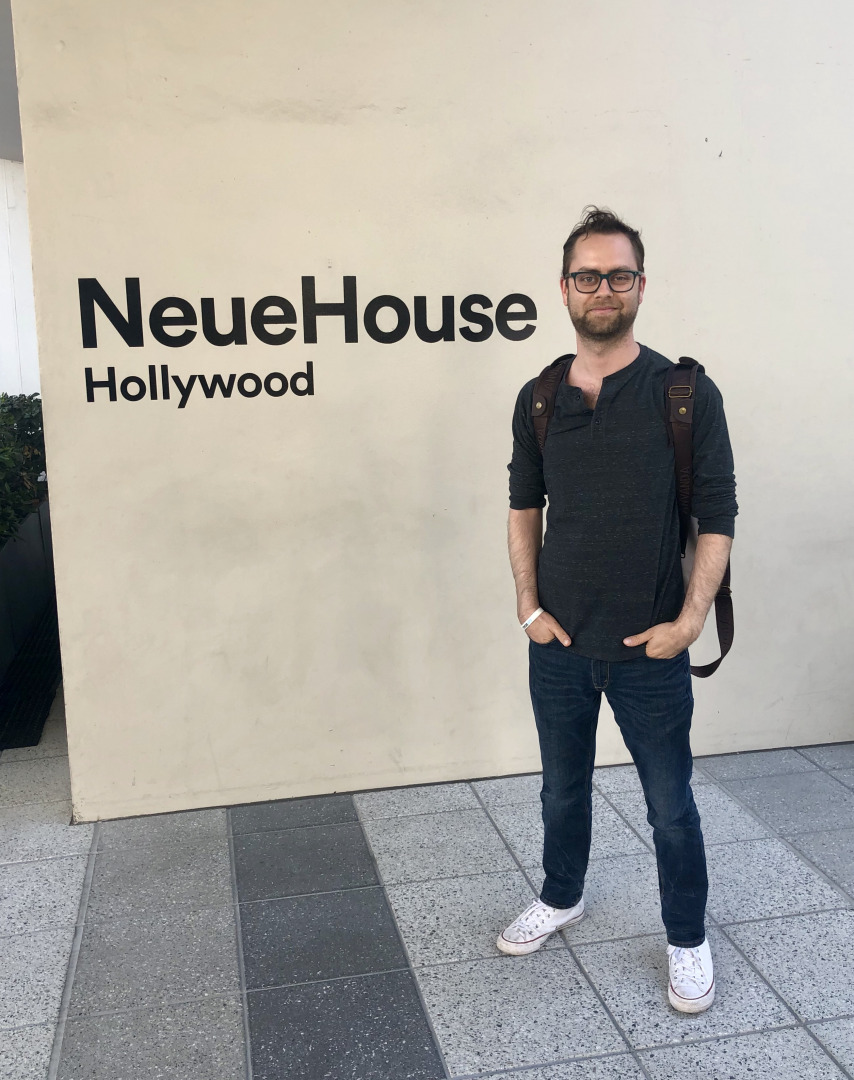
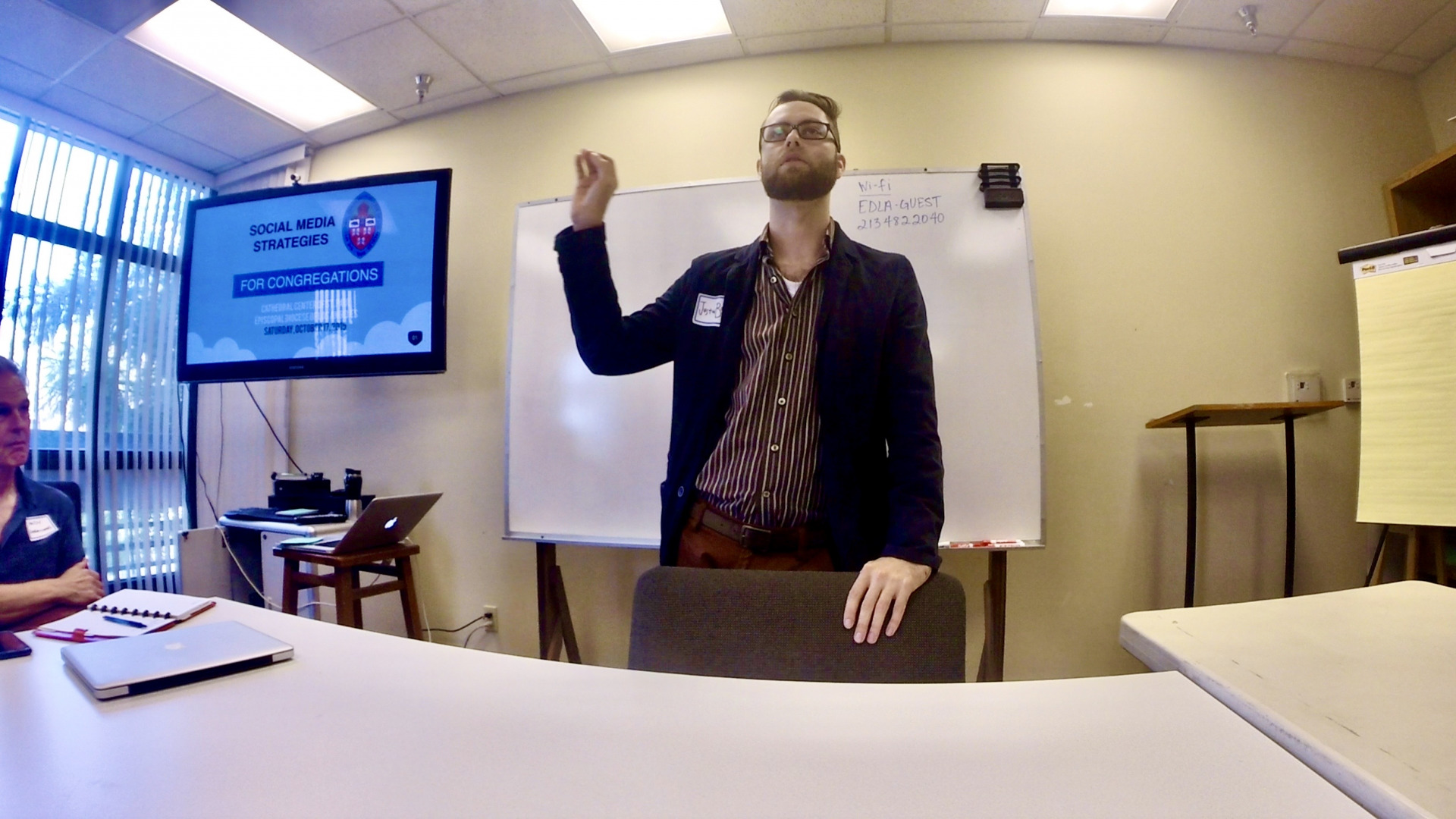
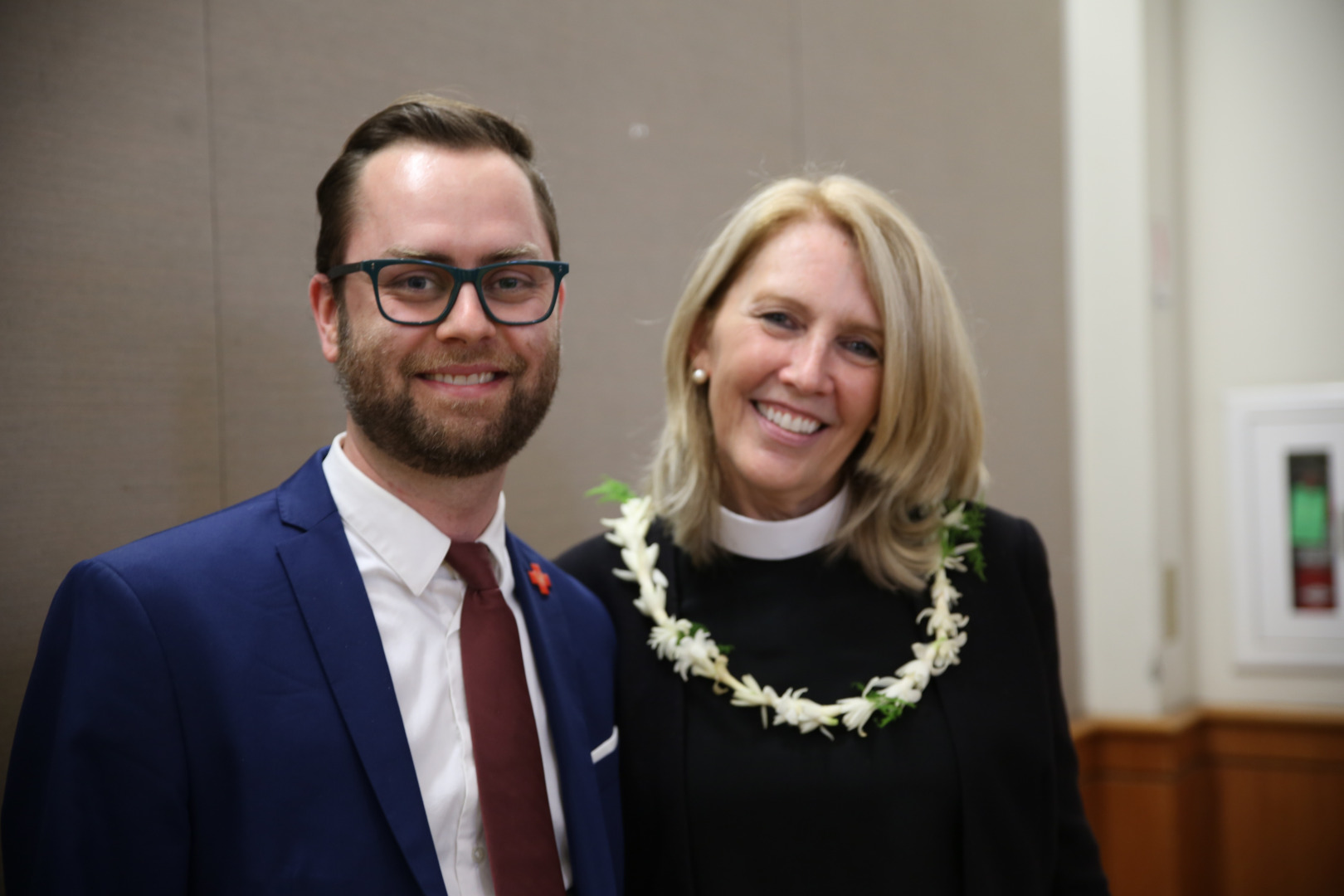
Image Credits
Andrew Wright
Nominate someone: ShoutoutLA is built on recommendations and shoutouts from the community; it’s how we uncover hidden gems, so if you or someone you know deserves recognition please let us know here.
